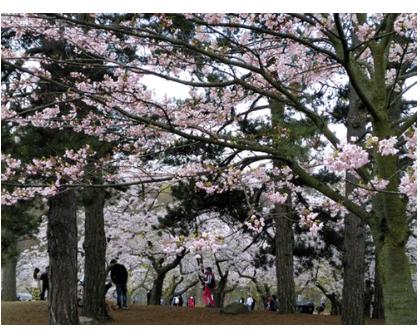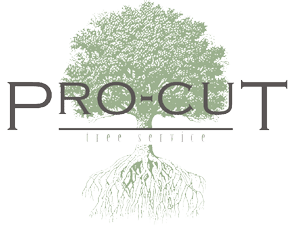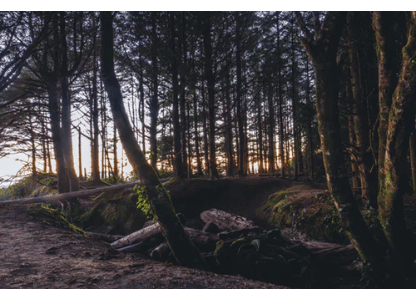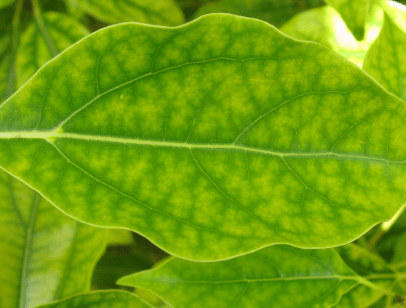
Are you planting more than one tree or shrub on your property? They will require more than an arm’s length of space in between. Employing proper tree spacing is incredibly important yet frequently overlook by homeowners. Here are some important factors to help determine the optimal spacing.
Spacing Considerations
Some homeowners may be tempted to plant a sapling or shrub mere inches or feet from the home. While this might create nice curb appeal, the roots will grow and extend under the home. This is problematic as the roots can disrupt the concrete foundation. If you insist on planting adjacent to your house, then consider a tree with non-invasive roots. The same applies if planting near a septic system.
Spacing Between Trees: The Specific Requirements
The spacing requirements depend on the species of tree. A dogwood tree, for instance, grows to about 15-feet when it reaches maturity. This means you should leave a minimum 15-feet of space between trees. If a species grows to 30-feet, use 30-feet of spacing.
For shrubs, the formula differs a bit. Leave a minimum space equal to half the shrub’s full growth size. If the species grows up to five feet, then leave at least 2.5-feet of space.
The Consequences of Planting too Closely Together
If trees are planted in very close proximity, they compete for the water, sunlight, and soil nutrients. Eventually, one will prevail while the other ends up stunted or dies before reaching maturity. When we remove a dead tree, it’s not unusual for us to find a healthy one right next to it.
We Assist in Tree Planting
Our tree service includes the planting of young saplings. Our emergency tree care can also relocate trees that were planted too closely together. Call Pro-Cut Tree Service to ensure proper tree spacing.
Residential Tree Planting
Serving customers in Lake Stevens, Edmonds, Marysville, Mukilteo, Lynnwood, Everett, Snohomish and the surrounding area



